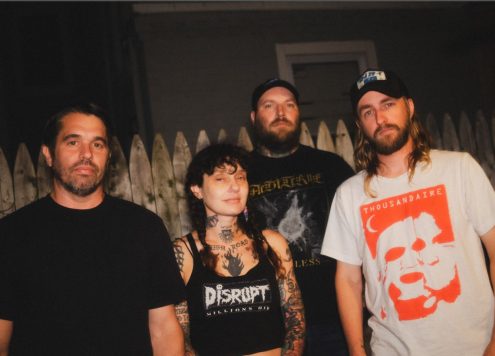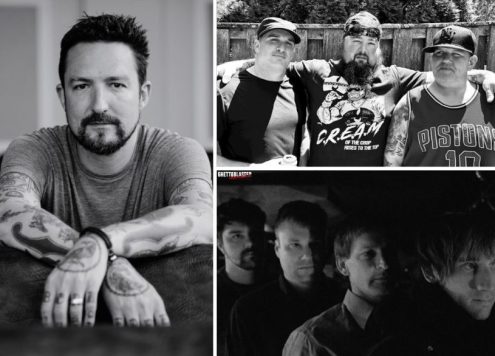30 years ago two albums were released that both shared similarity in independence but were technically far removed from one another in both instrumentation and delivery. Trent Reznor followed a path of unconventionality within his synth-pop, industrial-dance grooves. October 20, 1989, saw the release of Nine Inch Nails’ Pretty Hate Machine (TVT Records). The industrial kids quickly consumed the album which took its lead from artists like Ministry, Skinny Puppy, and the like. The band exploded, quickly running the gamut of performing in small clubs to theaters, then arenas. Earlier that same year, another band released its debut, and while it failed to even chart, it was well-received by critics and music aficionados. That album was Nirvana’s Bleach (Sub Pop).
Pretty Hate Machine was a sign of the times. Trent Reznor was a fan of industrial music flooding the underground, clawing at the mainstream. It made sense Reznor would eventually align himself with like-minded individuals like Al Jourgensen (Ministry, Revolting Cocks), Martin Atkins (Public Image LTD, Killing Joke), and the like. But it’s Pretty Hate Machine we’re focusing on here.
The record was Reznor’s full-length debut, culled from demo sessions entitled Purest Feelings. For the album, a number of hands were involved with its production, including Reznor. Most notably though was an English producer Mark Ellis, known to many under the pseudonym Flood (New Order, U2, Depeche Mode, PJ Harvey, Nick Cave). Through incessant touring, Pretty Hate Machine picked up steam and the sale of the album increased week after week.
Pretty Hate Machine was driven by synth-electronics with an array of guitar splattering. “Head Like A Hole” was anthemic with Reznor combining all his influences and a sonic opener, captivating both the electronic/industrial crowd and rock fans alike. It was easy to find solace within Reznor’s music, with much of the focus on God, love, and sex, which played to youthful contentment. “Sanctified” urges on with an electronic induced bassline as Reznor sings, not really hiding sexual innuendos. “Something I Can Never Have” burns with a broken-hearted fervor within the dark timbre of the track, which was a performance piece one could usually find Reznor bloodying himself onstage. But it was the danceable “Sin” that held venom in Reznor’s words. This was, after all, the crowd-pleaser.
Bleach surfaced the same year and while there wasn’t much offered by the band from the northwest, everyone was beginning to take notice that something was happening. The album was recorded by Kurt Cobain, Krist Novoselic, and Chad Channing. Nirvana went through a number of changes throughout the years, and while Channing was credited as the band’s drummer, Melvins’ Dale Crover handled drum duties on “Floyd The Barber,” “Downer,” and “Paper Cuts.” Nirvana was rhythm-heavy for its first full-length outing. You could hear that low-end theory on “Blew” where Cobain’s melody was perfectly matched by his guitar. It was heavy, but it wasn’t shocking. It was deep, but not too intriguing. But it set the tone of the album. There was a lot of the same throughout the album, and you could hear Buzz Osborne’s influence on the band, especially Kurt, here. The one disparity here was “About A Girl,” where the much more jangly guitar was a precursor of what was to come from the band.
But hell, while “School” isn’t as clever as the band’s later works, there’s something to it that allows listeners to gravitate to its heavy, yet singular, sound. Maybe it’s the way Cobain sings “Won’t you believe it, it’s just my luck” repeatedly, or how the rhythm creates a vibe on its own. In the end, listeners are sucked into the sludge.
The album failed to chart when it was released although the band toured constantly, slowly building its audience. It wasn’t until ’91 when the unimaginable happened with the band’s follow-up and Nirvana found itself overwhelmed with fans worldwide. Bleach was rereleased In ’92 by Geffen and obviously did better than it originally did (selling 40,000 copies which would have been a success for any up-and-coming indie band), by mainstream industry standards.
Both Pretty Hate Machine and Bleach were impactful in different ways but obviously, it was NIN which garnered the most attention with its release. Had Nirvana dropped Nevermind back in ’89, things might have been a lot different.











Social Media